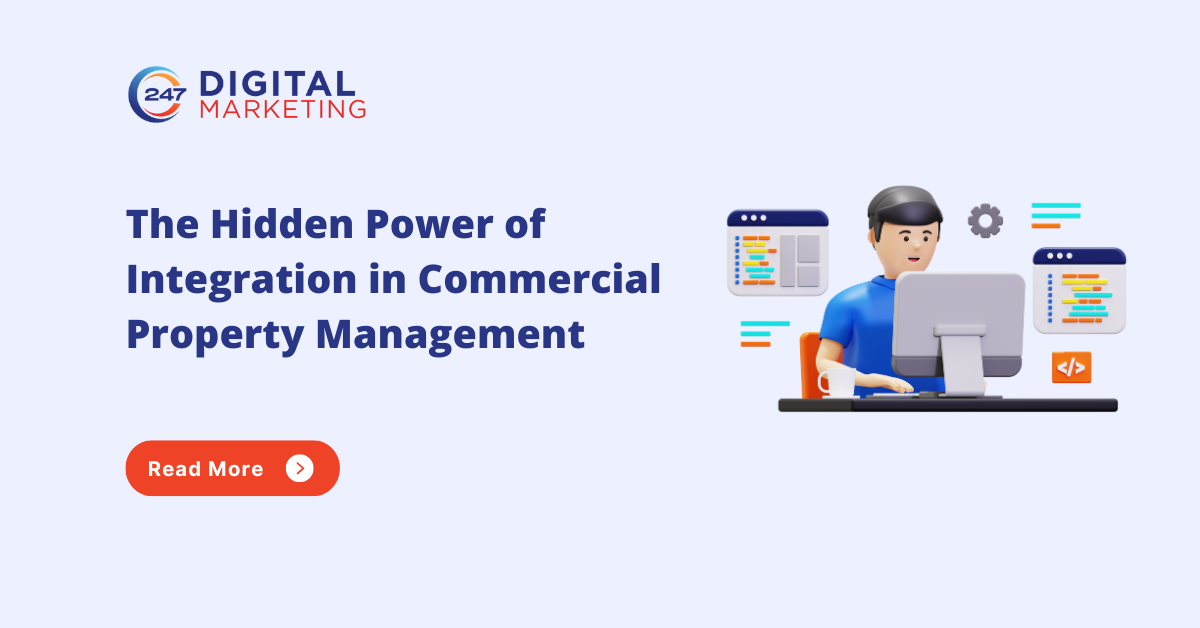How to Market to the Divorce Client: A Practical Playbook for Family Law Firms

How to Market to the Divorce Client: A Practical Playbook for Family Law Firms
Divorce is one of the most emotionally charged legal journeys a person can face. Prospective clients aren’t just comparing credentials; they’re looking for empathy, clarity, and immediate access to help. That reality should shape every part of your marketing from your first impression online to the way your team answers the phone.
Below is a practical, modern framework to attract, convert, and serve divorce clients with professionalism and care.
1) Lead With Empathy and Make It Obvious
People contemplating divorce are anxious about children, finances, housing, and the long-term shape of their lives. Your marketing should reflect that you understand:
- Use plain, reassuring language across your website, ads, and social content.
- Feature attorney bios that highlight approachability and relevant experience (e.g., mediation training, trauma-informed practice, co-parenting focus).
- Offer confidential contact options and clearly state privacy practices to reduce the fear of being “found out.”
Quick wins
- Add a short “What to expect in your first call” paragraph to your Contact page.
- Include a 60–90 second welcome video from your lead attorney explaining your process and commitment to discretion.
2) Treat Intake as a Marketing Channel (Because It Is)
Your intake process is often the first real experience a prospect has with your firm and speed matters. Many firms lose cases because calls go unanswered or emails sit for hours. Firms that respond within five minutes consistently outperform those that wait hours or days.
Build a “speed-to-lead” system
- Auto-acknowledge within seconds (email/SMS) and call back within 5 minutes during business hours.
- Offer live chat and click-to-call; add after-hours coverage (on-call staff or vetted answering services).
- Use a one-page intake script to collect essentials (children, property, immediate risks) and to book a consultation before ending the call.
Metrics to monitor weekly
- Response time (first touch)
- Consults booked / consult show rate
- Time from inquiry to consult
- Cost per signed matter (by channel)
If you’re unsure how to structure intake and marketing together, partnering with the Best Law Firm SEO Company can help you integrate speed-to-lead practices with visibility strategies.
3) Build Trust at Scale With Helpful, Human Content
Before they call, divorce clients research quietly. Meet them with content that answers the questions they’re afraid to ask:
- Evergreen guides: “How custody works in [State],” “What happens to the house,” “Spousal support basics.”
- Checklists and calculators: Document prep lists, budget templates, parenting plan considerations.
- Format variety: Short videos, FAQs, and downloadable PDFs for privacy (something they can read on a phone without leaving a browser trail).
Organize your resources by life scenario (e.g., “high-conflict divorce,” “military families,” “business owner spouses”) so prospects feel seen. This isn’t just good UX it’s a trust accelerant.
4) Make It Effortless to Contact You (Quietly)
Divorce shoppers often prefer low-friction, discreet ways to engage:
- Prominent click-to-call and text-enabled number
- Self-serve booking for consultations (with a private confirmation channel)
- Live chat with trained operators who can schedule directly
- A visible privacy notice on forms (no automated emails to shared inboxes)
Even small changes can lift conversion rates especially outside of 9–5.
5) Win Local Visibility: Profiles, Reviews, and Responsiveness
For family law, proximity and reputation matter. Optimize your Google Business Profile (accurate categories, service areas, hours, photos) and build a steady stream of authentic reviews. Consumers are far more likely to choose a business that responds to reviews promptly, and many check more than one review site before deciding so your reply cadence is part of your brand.
Review program essentials
- Ask at natural milestones (after a successful temporary order, mediated agreement, or case completion).
- Provide simple instructions and remind clients not to include sensitive details.
- Respond within 2–3 days thank positives, de-escalate negatives without discussing case facts.
This is where Top Law Firm Marketing in New York strategies often shine combining review management with local SEO to dominate map results.
6) Use Paid Media Strategically Not Expensively
Paid media can put you in front of motivated prospects right now, but legal is one of the costliest ad categories online. Efficiency and intent targeting matter more than ever.
A practical mix
- Google Local Services Ads (LSAs): High intent, pay-per-lead, prominent placement.
- Search (PPC): Target bottom-funnel terms (e.g., “divorce lawyer near me,” “child custody lawyer [city]”) with strong negatives.
- Retargeting: Stay present to prospects who visited but weren’t ready to book.
- Paid social: Use sparingly for education and lead magnets (guides, checklists), not just “call now.”
Guardrails
- Route calls to a human (no voicemail).
- Align ads → landing page → clear next step (schedule link).
- Track to cost per signed matter not just leads.
7) Mind Ethics, Privacy, and Inclusivity
Your audience is diverse and vulnerable.
- Write in non-judgmental language and avoid gendered assumptions; speak directly to mothers, fathers, non-binary parents, and caregivers.
- Offer content for LGBTQ+ families, immigrant families, and survivors of abuse (with safety guidance and discreet contact).
- Follow advertising and testimonial ethics rules in your jurisdiction; avoid implying guaranteed outcomes.
For firms looking to elevate their reputation and thought leadership, Law Firm Public Relations Based in New York can help craft messaging that balances empathy with authority.
Final Thought
Marketing to the divorce client isn’t about being the loudest it’s about being the clearest, fastest, and most trustworthy option when someone is ready to ask for help. If you build empathy into your brand, discipline into your intake, and clarity into your content, your firm will earn more of the right cases without guesswork.
Mitesh Patel is the co-founder of 247 Digital Marketing, LawFirm Marketing and a columnist. He helps companies like Emerson and other top Fortune 500 compnies to grow their revenue.





